What we do


Successful interactions are the result of a carefully thought-out process. It’s that simple. Strategic optimization paves the way for the creation of the best possible action plan.
01
When is it used?
Early in the development process; the strategy provides the guidelines.
Objective
Plan the conceptual, development and design processes.
Planning for better execution
What does it involve?
Customer and user experiences derive from a combination of several variables. Establishing a UX strategy helps you choose the best tools to control these variables and create activities that are consistent with the other aspects of the problem, particularly with the various stakeholders. A UX strategy also helps establish the basis for the interaction styles you’re seeking with a view to reaching your business goals. It provides key performance indicators that can be used to measure the success of initiatives. It provides the basis for the iterative cycle to be put in place to ensure the collaboration of the project’s targeted clienteles.
02
When is it used?
Before the design phase.
Objective
Plan the user experience requirements necessary to carry out the project.
Experience-based functional analysis complements the technological vision by adding the voices of customers and users to it.
What does it involve?
Meeting with, observing and getting to know users, stakeholders and key people in the company to understand the challenges of a product or system and its user profile. The focus is on defining the user and customer experience requirements to be supported. Our analysis may even involve, for example, creating a tender document to identify technology partners who could support the business objectives and experiences sought. The scope of the analysis will vary based on the needs.
Ready to get started?
Request a quote